Schedule Your Inspection Today
Spots fill-up quickly! Register your appointment today!
Information On Radon & Its Effects
Lets face it, Radon Gas and its impacts are well documented and more home owners and home buyers in the Boone and Boone areas are becoming aware of how easy it is to perform radon testing. They are also becoming more aware of the treatments and radon mitigation services for removing, or at least lowering, the levels of this very harmful gas. The videos below from the EPA might help introduce you to Radon Gas and Radon Testing.
Certified Radon Inspectors Boone
Inspector Nation is the first ISO certified (ISO 17024:2012 compliant) and nationally recognized trainer for radon inspectors. As radon becomes a more recognized concern for the interior air quality of your home and health and safety of your family, there became a need to make sure that all radon inspectors were testing appropriately and providing accurate and timely test results.
At Mountains To Sea Inspections, we are proud to announce that all of our home inspectors have attended these certification classes and that 100% of our inspectors have become Certified Radon Inspectors. Make sure before you have your radon test performed at your home that you certify that your home inspector is a Certified Radon Inspector.
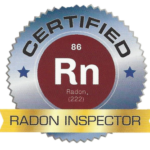
EPA RADON TESTING AWARNESS
EPA RADON PSA
Don't Be Caught By Surprise Test For Radon TODAY!
Schedule Well Water Testing
Schedule your Well Water Inspection TODAY!
FAQ On Radon Gas & Radon Testing
Radon is a cancer causing, radioactive gas. You cannot see radon gas, and you cannot smell radon gas. But for many areas of the country it is ever present, Buncombe, Henderson, Madison, Haywood & Ashe Counties in NC are just a few of the areas affected by radon gas.
EPA Radon Map of the USA
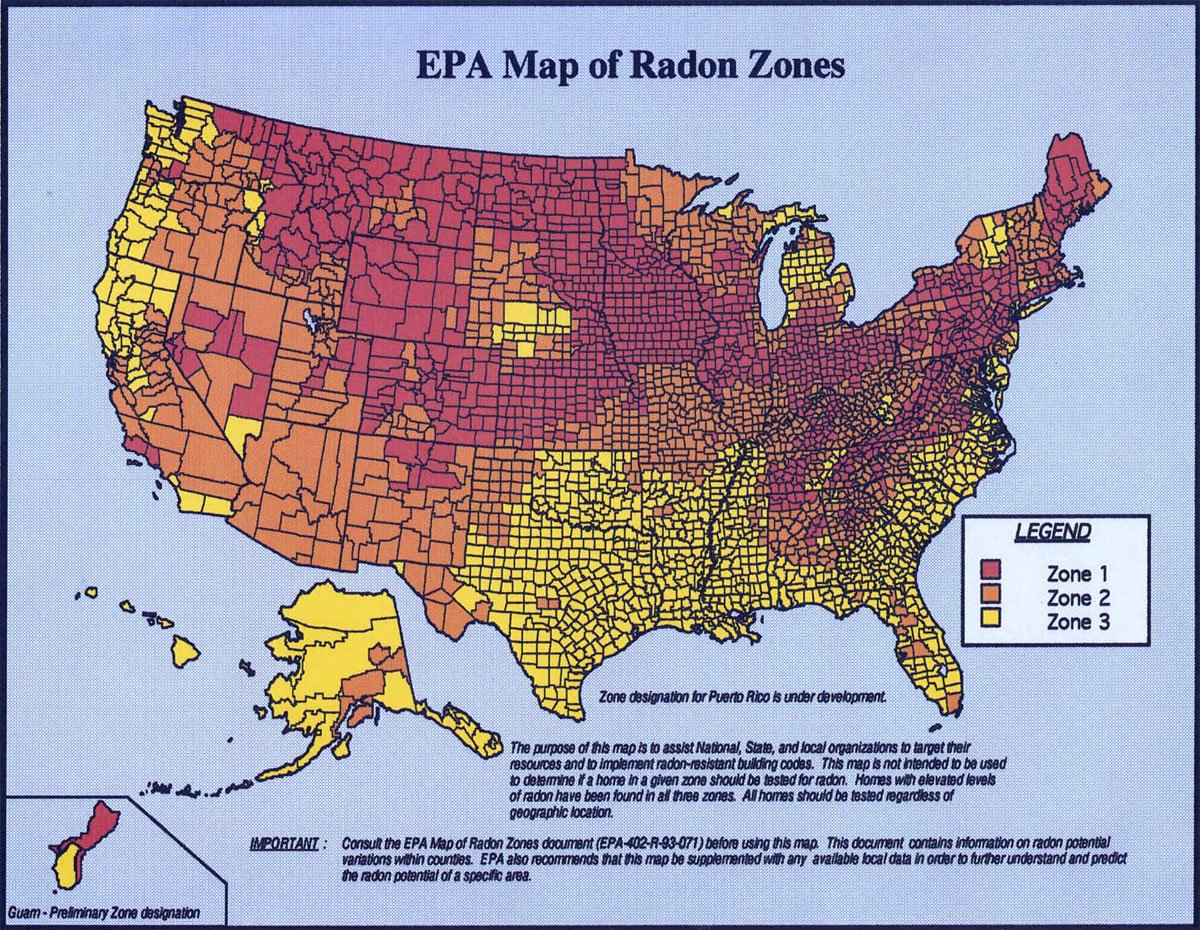
Radon Map For North Carolina
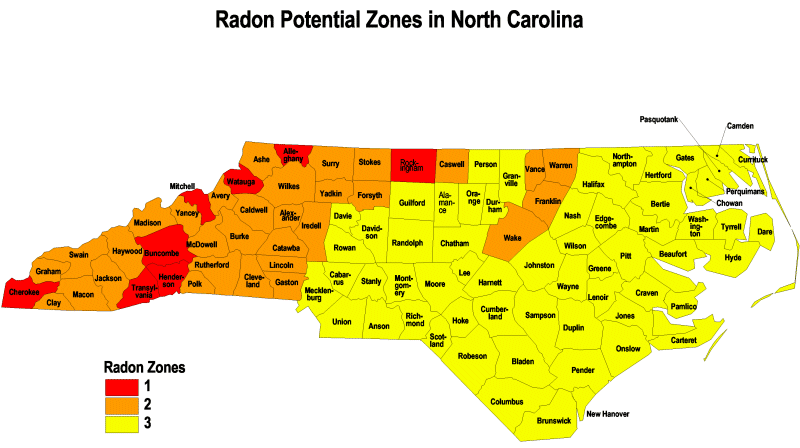
The Surgeon General has said that radon is the second leading cause of cancer in the United States behind cigarette smoking. That is because breathing in air with higher concentrations of radon gas can cause cancer.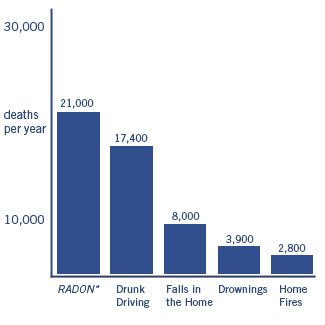
Radon is a radioactive gas that is formed through the natural decay of uranium that is found in nearly all soil types. Typically radon gas moves up from the ground through cracks or other fissures in your homes foundation. Your home then traps this radon gas allowing for the concentrations to increase. Remember you are probably never going to eliminate radon gas, but you can certainly keep radon gas to low concentrations.
EPA Diagram of How Radon Enters The Building
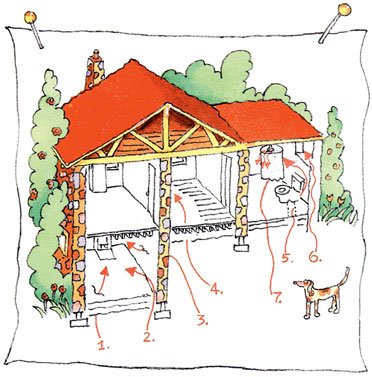
- Cracks in solid floors
- Construction Joints
- Cracks in walls
- Gaps in suspended floors
- Gaps around service pipes
- Cavities inside walls
- The water supply
The quickest way is through short term testing devices, which usually stay in the home for a period of 48 hours or more. The test themselves can vary from “charcoal canisters,” “alpha track,” “electret ion chamber,” “continuous monitors,” and “charcoal liquid scintillation” just to name a few. We use Femto-Tech Continuous Radon Monitoring Equipment to make sure that we can provide you the most accurate readings for your short term radon gas test in Boone.
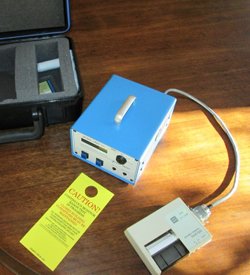
The U.S. Congress is pushing to see that radon gas is completely removed from a home’s interior air column. While this is not a technically achievable goal, most homes today can be reduced to below 2 pCi/L or below. Keep in mind that it is estimated that the average home has a radon gas concentration of approx. 1.3pCi/L and that about .4 pCi/L of radon is normally found in the outside air. The current threshold for radon gas concentration is 4 pCi/L. Any concentration recorded above this limit should be mitigated for immediately. Even if your home’s radon concentration is below 4 pCi/L, you may want to test again since short term test results can fluctuate based on environmental and climatic variations.
There are two main sources for the radon in your home’s indoor air, the soil and the water supply. Compared to radon entering the home through water, radon entering your home through the soil is usually a much larger risk. The radon in your water supply poses an inhalation risk and an ingestion risk. Research has shown that your risk of lung cancer from breathing radon in air is much larger than your risk of stomach cancer from swallowing water with radon in it. Most of your risk from radon in water comes from radon released into the air when water is used for showering and other household purposes. Radon in your home’s water is not usually a problem when its source is surface water. A radon in water problem is more likely when its source is ground water, e.g. a private well or a public water supply system that uses ground water. If you are concerned that radon may be entering your home through the water and your water comes from a public water supply, contact your water supplier. If you’ve tested your private well and have a radon in water problem, it can be fixed. Your home’s water supply can be treated in two ways. Point-of-entry treatment can effectively remove radon from the water before it enters your home. Point-of-use treatment devices remove radon from your water at the tap, but only treat a small portion of the water you use and are not effective in reducing the risk from breathing radon released into the air from all water used in the home.
MTS Inspections LLC
Your Biggest Investment
Deserves The Best Inspection
Asheville NC Office
Asheville, NC 28806
828-230-1341
Asheville Home Inspections Office Website
Boone NC Office
127 Pine Tree Dr, Todd, 28684
828-963-0948
Boone Home Inspections Office Website
Gainesville, FL Office
828-230-1341
8206 NW 52nd St., Gainesville, 32653
Gainesville Home Inspections Office Website
Hours of Operation
Monday: 8:30 am – 6:00 pm
Tuesday: 8:30 am – 6:00 pm
Wednesday: 8:30 am – 6:00 pm
Thursday: 8:30 am – 6:00 pm
Friday: 8:30 am – 6:00 pm
Saturday: By Appointment
Sunday: Closed
Copyright © dreamhosters all rights reserved.
